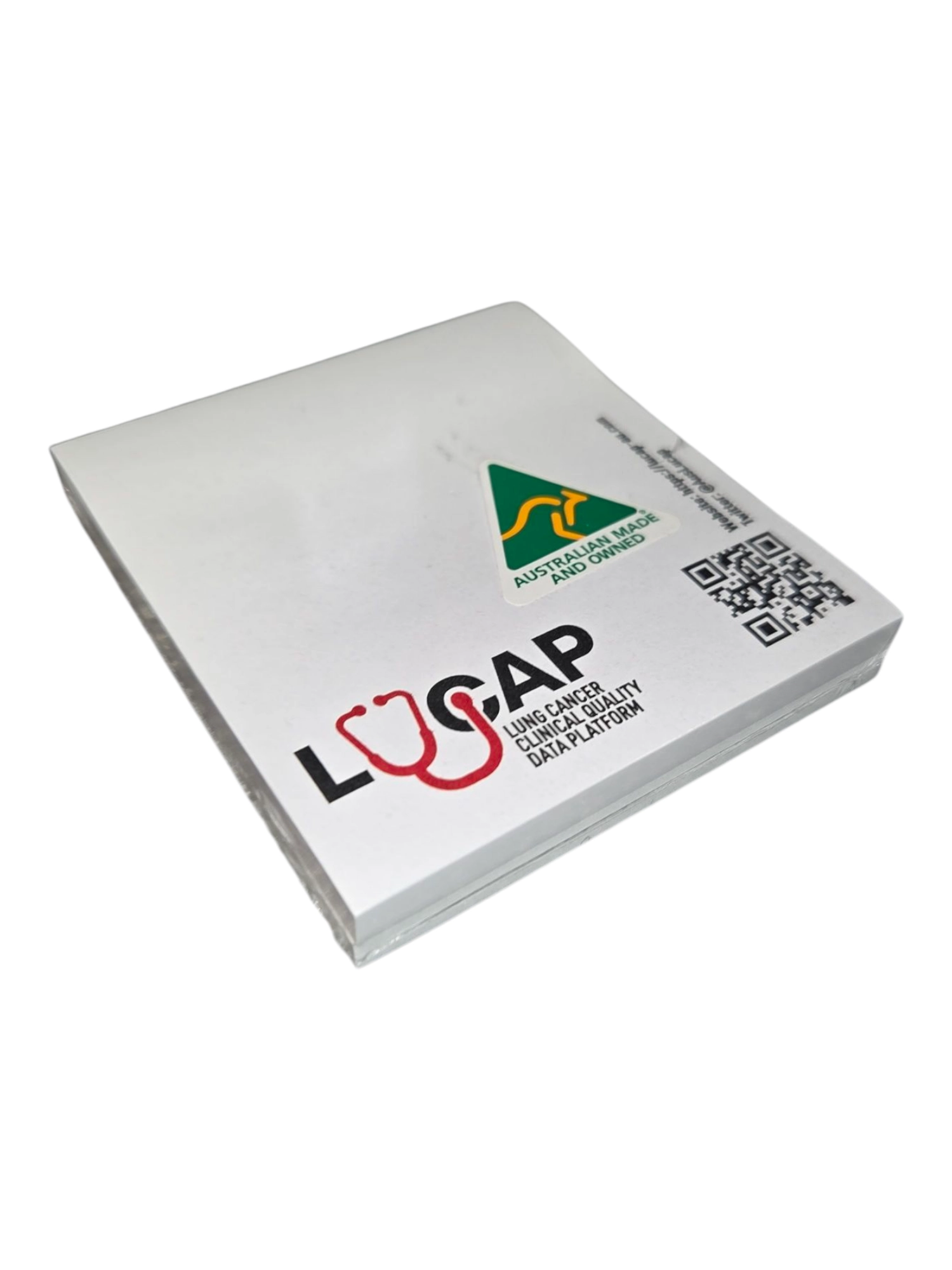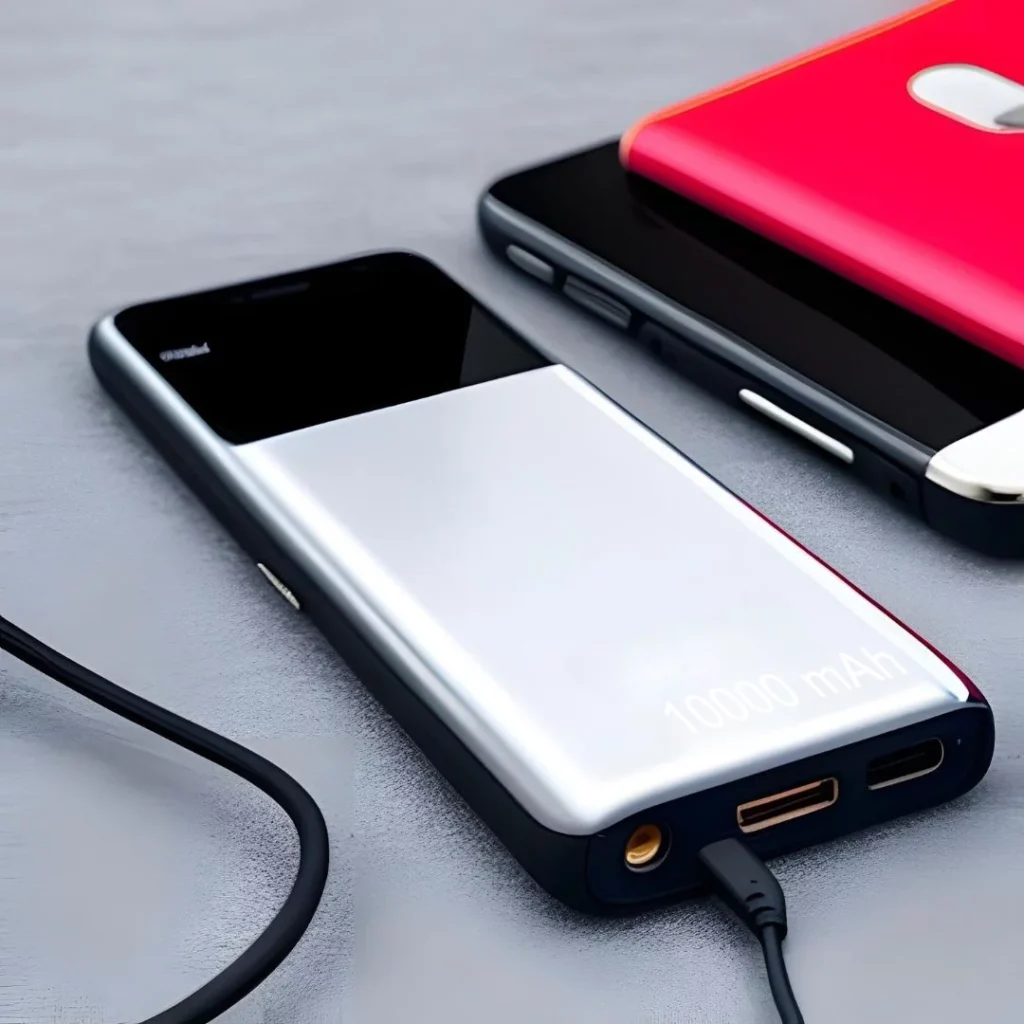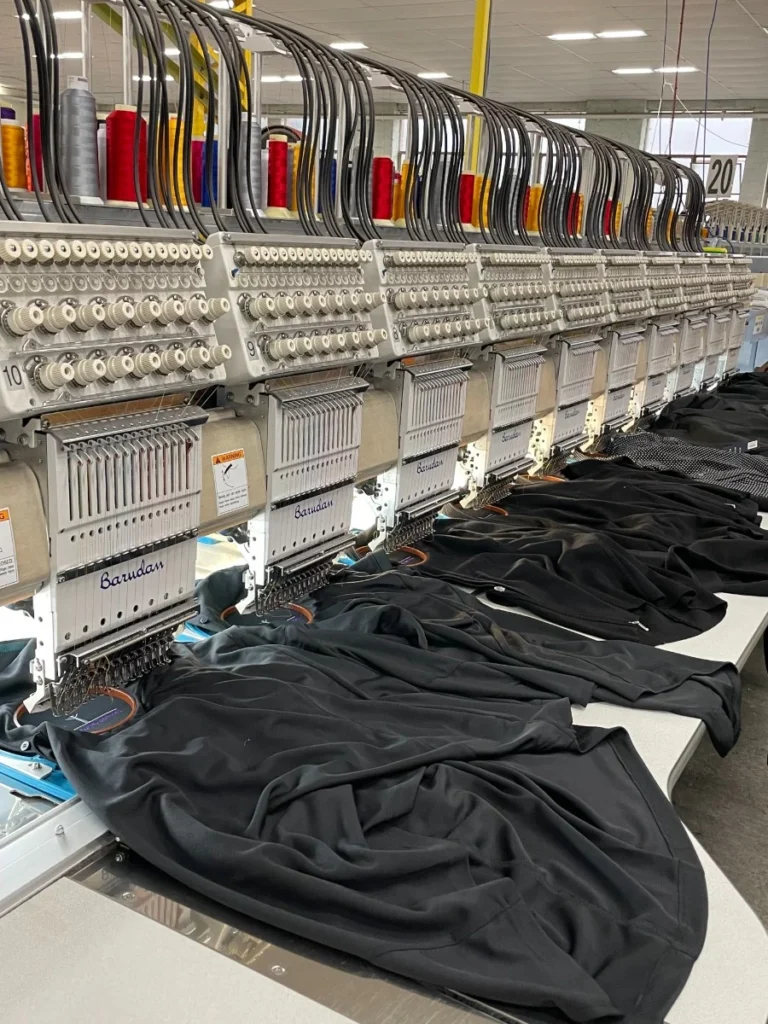Home » Product Performance Ratings: Resources »
What Plastic Recycling Numbers Mean: A Guide to Recycling Plastics
Last Updated: 21 July 2025
Recycling plastics is a powerful way to reduce waste and protect our planet, but figuring out which plastics can be recycled can feel like a puzzle. Those little numbers stamped on plastic products? They’re your key to making smarter recycling choices. This guide breaks down everything you need to know about plastic recycling numbers—what they mean and how to achieve them to help you contribute to a cleaner environment.
Why Plastic Recycling Numbers Matter
Every plastic product is made from a specific resin type with unique properties and recycling requirements. A resin is classified into seven categories which are typically marked by a recycling symbol with a number on the bottom or side of the product. Understanding these numbers will help you sort out the plastics currently in use. This also ensures they are appropriately processed and diverted from landfills.
Exploring the Seven Plastic Recycling Numbers
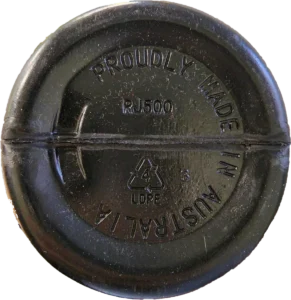
bottom of a recyclable plastic
The plastic recycling number system might initially seem complex, but it’s a straightforward guide once you know what each number represents. Below, we outline each category including its common uses, and its recyclability:
- 1 – Polyethylene Terephthalate (PET or PETE): Found in single-use water bottles, soda bottles, and food packaging, PET is highly recyclable and widely accepted by curbside programs. Its durability makes it a recycling favourite.
- 2—High-Density Polyethylene (HDPE): Another highly recyclable plastic, HDPE, is used in milk jugs, detergent bottles, and food containers. Due to its strength and versatility, it is processed through curbside recycling.
- 3 – Polyvinyl Chloride (PVC): Common in shrink wrap, piping, and some packaging, PVC is rarely recyclable curbside because of its chemical composition. Some local programs or speciality centres may accept it for special disposal.
- 4 – Low-Density Polyethylene (LDPE): Commonly used in sandwich bags, bread bags, and other soft, flexible packaging. While LDPE isn’t accepted in most curbside recycling bins, it can be recycled at designated drop-off points—often available at major grocery stores.
- 5—Polypropylene (PP): This plastic is used in products like yoghurt containers, margarine tubs, and reusable food storage boxes. It’s widely accepted in curbside recycling programs, making it one of the easiest plastics to recycle at home.
- 6 – Polystyrene (PS): Used in disposable coffee cups, egg cartons, and peanut packaging, PS (often called Styrofoam) is difficult to recycle due to its lightweight, fragmented nature. Most curbside programs don’t accept it, but some speciality centres may.
- 7 – Polycarbonate (PC) and Others: This catch-all category includes hard plastics like baby and reusable water bottles. Due to potential chemical leaching, most curbside programs don’t accept these, but specialised recycling facilities may process them.
How to Recycle Based on Plastic Recycling Numbers
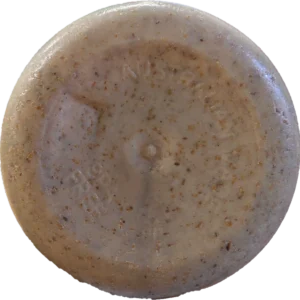
bottom of a plastic
Knowing the numbers is half the battle—now, let’s turn that knowledge into action. Here’s a straightforward guide to recycling plastics based on their numbers:
- Numbers 1–5 (PET, HDPE, PVC, LDPE, PP): These plastics are typically recyclable, with numbers 1, 2, and 5 being the most commonly accepted in curbside programs. Always check with your local municipality, as acceptance can vary. Rinse containers to remove residue before recycling to ensure they’re processed correctly.
- Numbers 6–7 (PS, PC/Others): These are rarely accepted in curbside bins due to recycling challenges or chemical concerns. Look for local drop-off points or speciality recycling centres that handle these materials. If no options exist, dispose of them in the general waste bin to avoid contaminating recycling streams.
- No Recycling Symbol: A plastic item that lacks a recycling number or symbol is likely not recyclable. Also, check for any disposal instructions on the packaging, or contact your local recycling program for guidance.
Pro tip: When in doubt, visit your local council’s website or call their waste management team to confirm what’s accepted in your area. This small step also prevents “wishcycling” (tossing non-recyclable items into recycling bins), which can disrupt the recycling process.
Sorting Good vs. Bad Plastics for Recycling
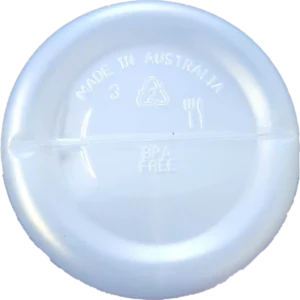
white bottle with plastic recycling number label
To simplify your recycling routine, think of plastics in two groups based on their recyclability:
- Good (Numbers 1–5): These plastics will likely be recycled through curbside programs or local collection sites. They’re the backbone of most recycling systems. So, prioritise rinsing and sorting these items for pickup.
- Bad (Numbers 6–7): These plastics are less likely to be recyclable due to processing challenges or safety concerns. Instead of tossing them in the recycling bin, explore alternative disposal options, such as drop-off programs or speciality recycling centres.
For plastics without recycling symbols or clear instructions, it’s best to leave them on the side of caution. Unless you can confirm your local recycling program accepts them, dispose of them in general waste. This also helps prevent contamination in the recycling stream and ensures your efforts remain effective.
The Environmental Benefits of Recycling Plastics
When you recycle properly, you help:
- Reduce Landfill Waste: Diverting plastic from landfills lessens environmental damage and extends landfill capacity.
- Conserve Resources: Recycling reduces the demand for new raw materials, saving energy and valuable resources like petroleum.
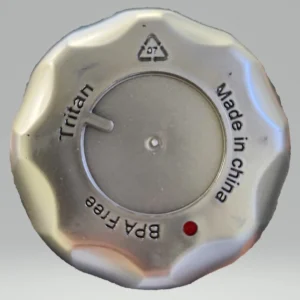
- Minimise Pollution: Proper recycling helps keep plastic out of oceans and natural habitats, protecting wildlife and communities.
- Lower Carbon Emissions: Producing recycled plastic takes less energy than making new plastic, reducing greenhouse gas emissions.
Every bottle, container, or piece of packaging you recycle contributes to a cleaner, healthier planet. Your small actions truly add up.
Resources You Can Check Out
Want to expand your recycling knowledge or find local solutions? Check out these recommended resources:
- Clean Up Australia: Practical tips on reducing waste and recycling more effectively.
- Australian Government Recycling Guidelines: Official guidance tailored to local council programs.
- RecycleSmart: A user-friendly platform to help you find recycling options near you.
Take the Next Step Toward Sustainable Living
These plastic recycling numbers are a great way to recycle smarter, reduce waste, and support a healthier planet. By sorting out the plastics correctly, tapping into local recycling programs in Australia, and opting for custom eco-friendly products, you can make a meaningful impact.


